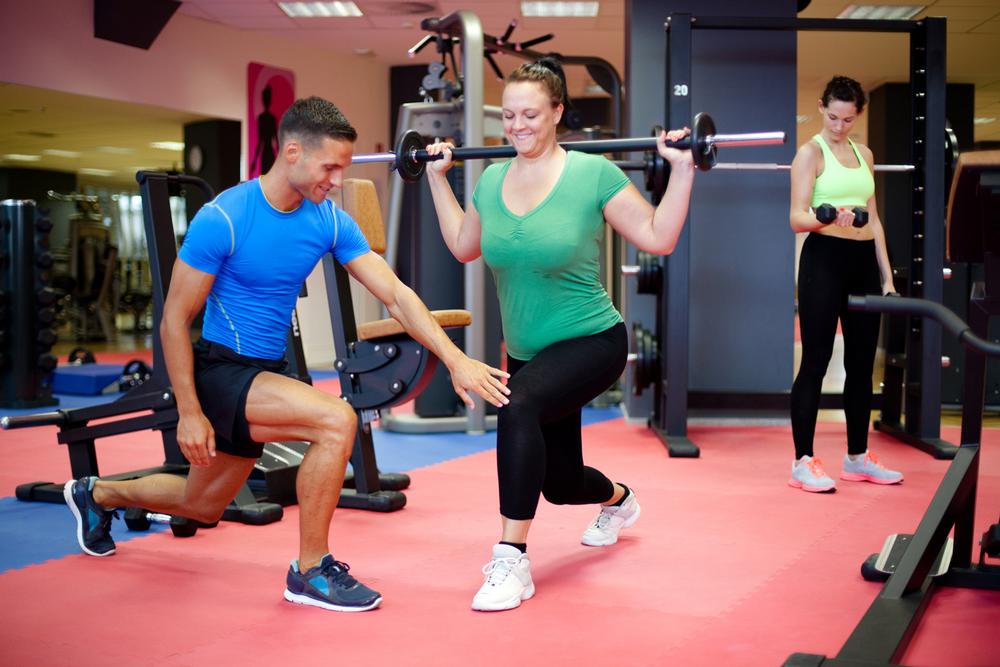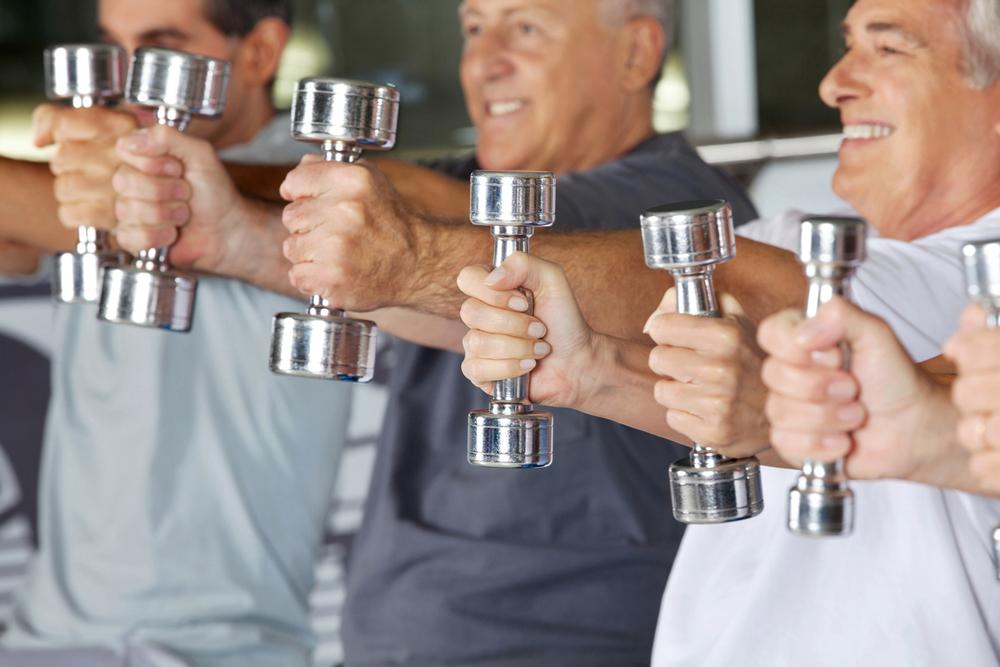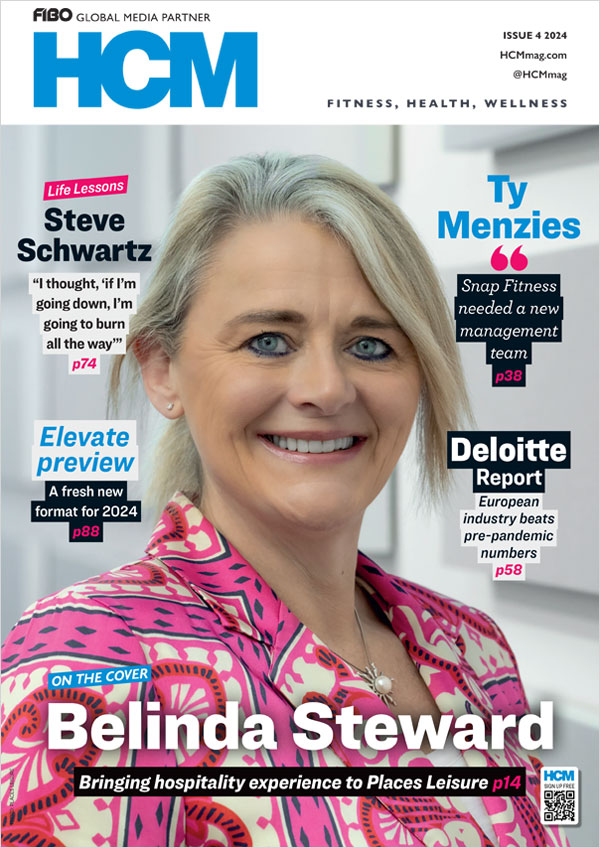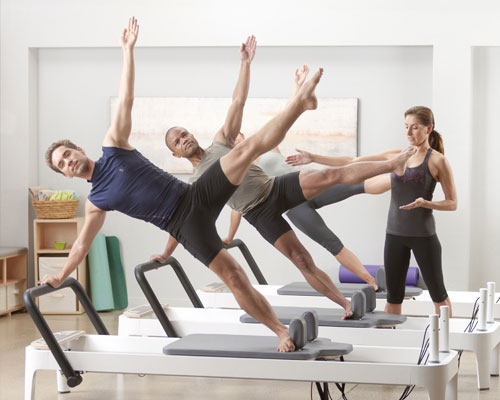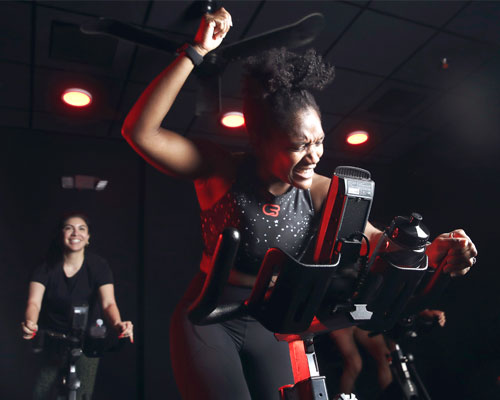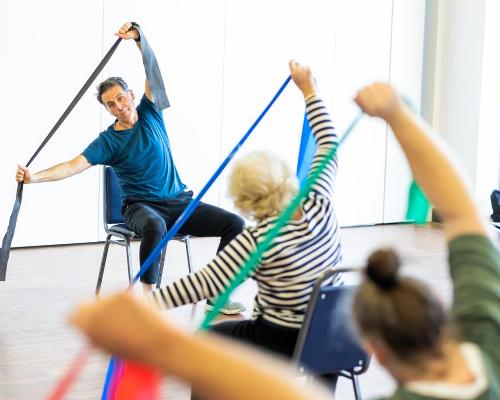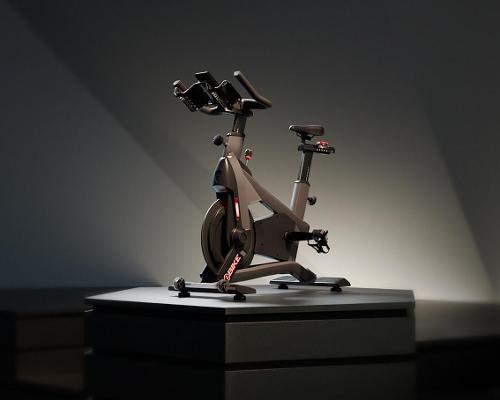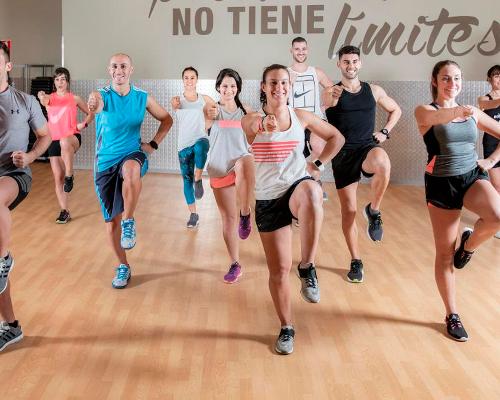features
ukactive update: Combating Type 2 Diabetes
New research highlights the role physical activity can play in preventing, managing and treating type 2 diabetes. David Stalker, CEO of ukactive, outlines ways in which this can be put into practice within the sector
Every successful sector invests in strengthening the evidence base for its services, and our sector should be no different. Research can sometimes seem a bit abstract or remote from day-to-day operations within our clubs and leisure centres, but it’s absolutely not. It has to influence what we offer to consumers. What’s more, if we want to expand our offering and therefore our membership base, we have to embed evidence-based practice into the everyday running of our organisations.
Work by the ukactive Research Institute
When we recommend exercise to our clients, members and participants, we have to be confident that what we’re recommending is the best thing to do for their conditions and needs.
The ukactive Research Institute has carried out a piece of work that’s brought together over 5,000 research articles to identify the best mode, intensity, frequency and duration of exercise for the prevention and management of type 2 diabetes using physical activity and exercise.
This research has culminated in a series of evidence-based exercise recommendations that have achieved the recognition of recently being published in Diabetes Metabolism Research and Reviews, so we can be confident of their findings. The recommendations can now be shared with the sector for use in exercise programmes: the prescription and delivery of exercise as a preventative and management tool for type 2 diabetes.
Type 2 diabetes and its impact
We quite likely all know someone who has type 2 diabetes, as it’s increasingly prevalent and starting to be seen as a principal public health concern. The reasons for this are clear: it’s a major cause of blindness and the most common cause of kidney failure in the developed world1.
In 2010, 285 million people worldwide were classified as suffering from the disease – a figure that’s expected to rise to 438 million by 20302. Meanwhile, in the UK, the cost of treatment was estimated in 2010 to be £3.5bn a year3, placing a huge strain on the already heavily burdened National Health Service (NHS).
But to understand how to treat type 2 diabetes and where exercise can come in, we have to understand what causes it. Type 2 diabetes is characterised by raised glucose levels in circulating blood, which is caused by the development of insulin resistance and relative insulin deficiency. This is where the body produces insulin, but the cells in the body become resistant to it and so are unable to use it effectively, ultimately leading to hyperglycaemia.
One of the principal functions of insulin is to regulate the delivery of glucose into cells to provide them with energy. Insulin resistance or reduced insulin sensitivity restricts the ability of muscles to take up and store glucose, resulting in higher levels of glucose circulating in the blood. In a healthy person, insulin is secreted in response to these rising levels. However, if this does not occur or has little effect, blood glucose levels rise, which leads to type 2 diabetes.
How the physical activity sector can help combat this
It is, however, possible to re-sensitise muscles to the effects of insulin. Physical activity and exercise have been proven to increase insulin sensitivity, and this is how the physical activity sector can play an important role in the prevention, management and treatment of diabetes.
Working the muscles during physical activity increases the production of glucose transporter type four (GLUT 4), a protein which in humans is regulated by insulin and which impacts on the amount of glucose absorbed from our bloodstream. By increasing GLUT 4 production, we increase insulin sensitivity4. This means we can use physical activity to maintain or increase insulin sensitivity in individuals at risk of type 2 diabetes, which in turn may help to reduce its incidence. Not only will this have a dramatic impact on the nation’s health, but it will also help with the health of our nation’s coffers.
Our recommendations
The ukactive Research Institute review shows that the more physical activity you do, the higher the increases in insulin sensitivity. This means improvements will continue to increase as the amount of exercise increases, so physical activity recommendations should always be seen as an absolute minimum requirement.
Continuous aerobic exercise is effective in improving insulin sensitivity, while interval training has been shown to be effective at moderate and high intensities, prescribed according to a person’s ability to meet the demands of the exercise.
Resistance training seems to be effective at intensities above 50 per cent of 1 rep max (1RM), and this is reflected in the recommendations for exercise training in participants with type 2 diabetes (see p28). By combining aerobic and resistance training, we can offer an effective strategy for preventing, managing and treating type 2 diabetes.
ukactive Research Institute: Type 2 diabetes exercise recommendations
Preventing type 2 diabetes
Increase physical activity to more than 30 minutes a day, five times a week.
Include high intensity aerobic exercise (more than 75 per cent of VO2) three times a week, combined with strength training in all major muscle groups at 70 per cent 1RM twice a week, separated by more than 24 hours.
For those who have type 2 diabetes (insulin sensitivity improvement)
Increase physical activity to more than 30 minutes a day, five times a week.
Include long duration (more than one hour) moderate intensity aerobic training (60 per cent of VO2 max) three times a week, combined with low intensity and high repetition resistance training (50–60 per cent 1RM) in all major muscle groups twice a week, separated by more than 24 hours.
For those with type 2 diabetes and limited mobility (eg disabled, elderly populations, etc)
Increase physical activity as much as is feasible.
Include low intensity aerobic exercise (40–80 per cent heart rate reserve).
This should be combined with resistance training at low intensity (50–55 per cent 1RM) in all major muscle groups three times a week, separated by more than 24 hours.
REFERENCES
1. National centre for chronic disease prevention and health promotion. National diabetes factsheet. Usa 2011. Atlanta, ga: U.S. Department of health and human services, centers for disease control and prevention, 2011.
2. Hu FB. Globalization of diabetes: The role of diet, lifestyle, and genes. Diabetes Care. 2011;34:1249-1257
3. British national formulary: National centre physical activity and health economics factsheet 2010.
4. Pedersen BK. The diseasome of physical inactivity – and the role of myokines in muscle-fat cross talk. J Physiol. 2009;587:5559-5568
5. Mann, S., Beedie, C., Balducci, S., Zanuso, S., Allgrove, J., Bertiato, F., & Jimenez, A. (2013). Changes in Insulin Sensitivity in Response to Different Modalities of Exercise: a review of the evidence. Diabetes/metabolism research and reviews.
